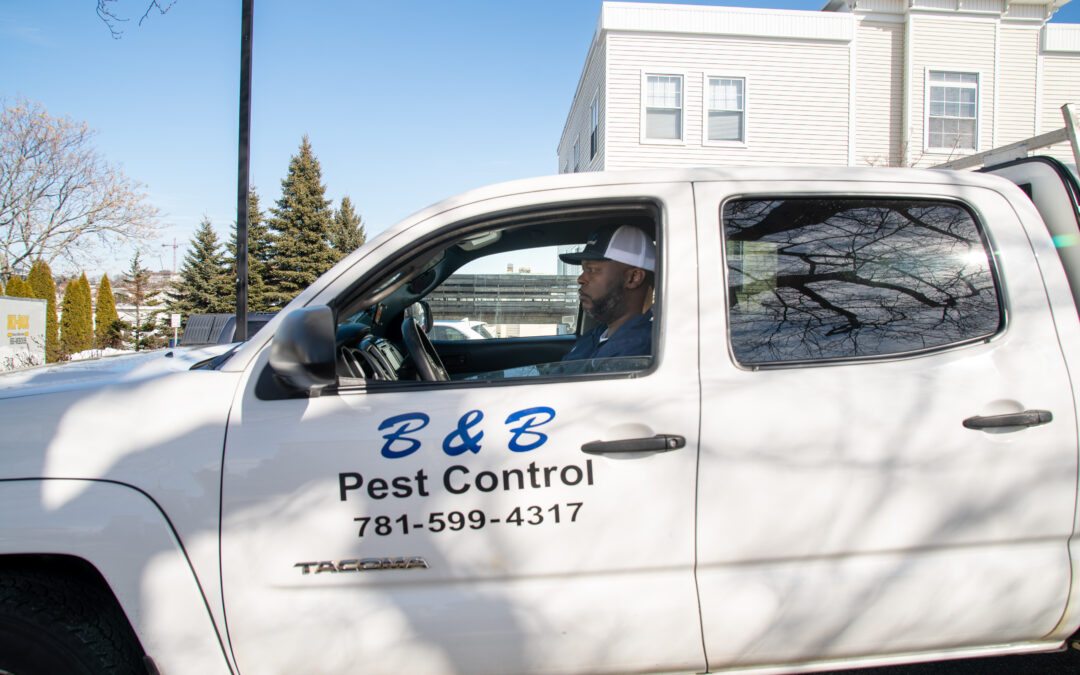Are you confused between the Wasps and Yellowjackets? Both the pests account for 90% of bee stings. However, wasps are beneficial predators of caterpillars and other insects. These pests do not sting the people unless provoked.
Yellowjackets are a particular name of a wasp. Wasps derived from the Vespula and Dolichovespula genera are called yellow jackets. Yellowjacket species are similar to paper wasps but more aggressive.
You might have a question that if Yellowjackets are a particular type of wasp, then why do they have a different name? Well, despite being of the same family species, some characteristics make wasps different from yellowjackets.
So, let’s have a look at the difference between these two species
Cut of their coats:
Wasps get often mistaken with Yellowjackets, but upon a close inspection, they look distinctly different. Both have yellow and black color. Both these species can sting.
However, wasps have darker and black wings with longer bodies than Yellowjackets.
The wings of a wasp are thinner than Yellowjackets, and their legs will hang down while they’re flying.
Yellowjackets have smaller and fatter appearances than wasps.
Content of their nests:
We can distinguish between the wasps and Yellowjackets with the help of the nest they build. Yellowjackets tend to build their nests in the ground holes, whereas wasps and hornets build aerial nests. The wasps build their nests with the help of chewed wood pulp and attach them to the tiny stem.
Wasps have nearly spherical nests with no outer walls. The nest cells of the wasps are open to the surrounding environment.
Nature of their Dinners:
Yellowjackets are scavenging omnivores with a predatory nature. These species eat fruit, nectar, and prey insects. Apart from this, they also snatch food from human beings. Such nuisance makes these species frequent unwanted guests at outdoor parties and picnics.
Wasps are also predatory omnivore creatures, but they enormously have insect prey as their diet. These species feed their young ones on the garden pest insect larvae. Wasps are efficient agricultural predators. These species are beneficial and considered to be the biological pest control species.
Some gardeners build nest boxes, thereby encouraging their presence.
Willingness to Attack:
Well, both the wasps and yellowjackets have similar characteristics. Both these species build their nest annually. Both of them are social pests and survive winters. The colonies of both these pests include pregnant females, with one queen mother, many sterile female workers, and parthenogenetically produced males.
Finally, both of these species can deliver a sting, but only Yellowjackets are eager to use it.
Yellowjackets build their nests inside the ground holes where everyone likes to stomp around, posing a continuous threat to their nests. These species tend to sting instantly as soon as they feel some activity around their nests.
Wasps are non-aggressive and sting only in case of their self-defense when constantly provoked. Wasps do not pose a threat to humans, and agricultural specialists recommend leaving their nests in place.
Wrapping up:
As you have seen the above difference between the wasps and Yellowjackets, you may know if there is any wasp or yellowjacket infestation. Hire pest control professionals to control the wasp or yellowjacket infestation.

